
Welcome to “Good, Thoughtful Hosts,”
On Good, Thoughtful Hosts, Sarah Steimer explores the built environment on the notion that a designer’s role is to anticipate the needs of their guests. Join us to dig into the ways in which the built world can influence people’s feelings and experiences — and how. Beyond the traditional requisites of form and function, hear firsthand from architects, engineers, planners, and more on how they imbue designs with health, well-being, user experience, and other modern priorities.
Interviews and discussions will include project case studies, profiles of designers, trend reports, and much, much more. Watch the 60-second podcast primer now.
“The role of the designer is that of a very good, thoughtful host, anticipating the needs of his guests.”
–Charles Eames

How To Listen
Beginning Feb 21, 2024, season 3 episodes will be published every other Wednesday. You can find Good, Thoughtful Hosts on SoundCloud, Stitcher, Apple, Google, Spotify, and Pocket Casts. Or listen to and read transcripts from past episodes in our Episode Log.
Who You’re Hearing
Our moderator, Sarah Steimer, is a Chicago-based writer and editor. She’s collaborated with Cushing Terrell since 2020 and is thrilled to be interviewing CT experts on the Good, Thoughtful Hosts podcast.
Our composer, Sam Clapp, is a musician and audio engineer living in Chicago. He co-directs Cue Shop, a music library and scoring co-op that produces provocative instrumental music for radio and film.
Episode Log
In this week’s episode, Cushing Terrell project strategist Jimmy Talarico explains how he shares David Lynch‘s philosophy about creativity: Sometimes you just have to stay open and know how to catch the fish.
Link: Episode Transcript

In this episode, we chat with project architect Isaura Perez about how her mission-driven work inspires her. We’ll dive into how knowing the impact of your work can spur creativity.
For more information on the organization Isaura discusses, Sound Foundations NW, visit: soundfoundationsnw.org/.
Link: Episode Transcript

In this episode, we’ll chat with architect David Serna about how he plays music — or opts for silence — when he’s looking to groove deeper into his work and set just the right tone.
Link: Episode Transcript

On this special episode of Good, Thoughtful Hosts, we’re celebrating International Women’s Day. We’re joined by architect Tracy Baker, interior designer Angelica Henderson, marketer Kate Gray, and urban planner Nora Bland to discuss how — when we lift one another up and set a positive example — it can help to encourage other women to thrive personally and professionally.
Link: Episode Transcript

We’re chatting with Visualization Design Manager (and yogi and rock climber…) Ross Hamand about how he uses movement to spark inspiration. Turns out a little physical exertion has been proven to get our creative juices flowing.
Link: Episode Transcript

In this first episode of season 3, we’re diving into our theme of inspiration, be it a person, place, activity, organization, or something else entirely. We’ll talk with Cushing Terrell Design Director David Koel, who helps us set the tone for the rest of the season.
Link: Episode Transcript

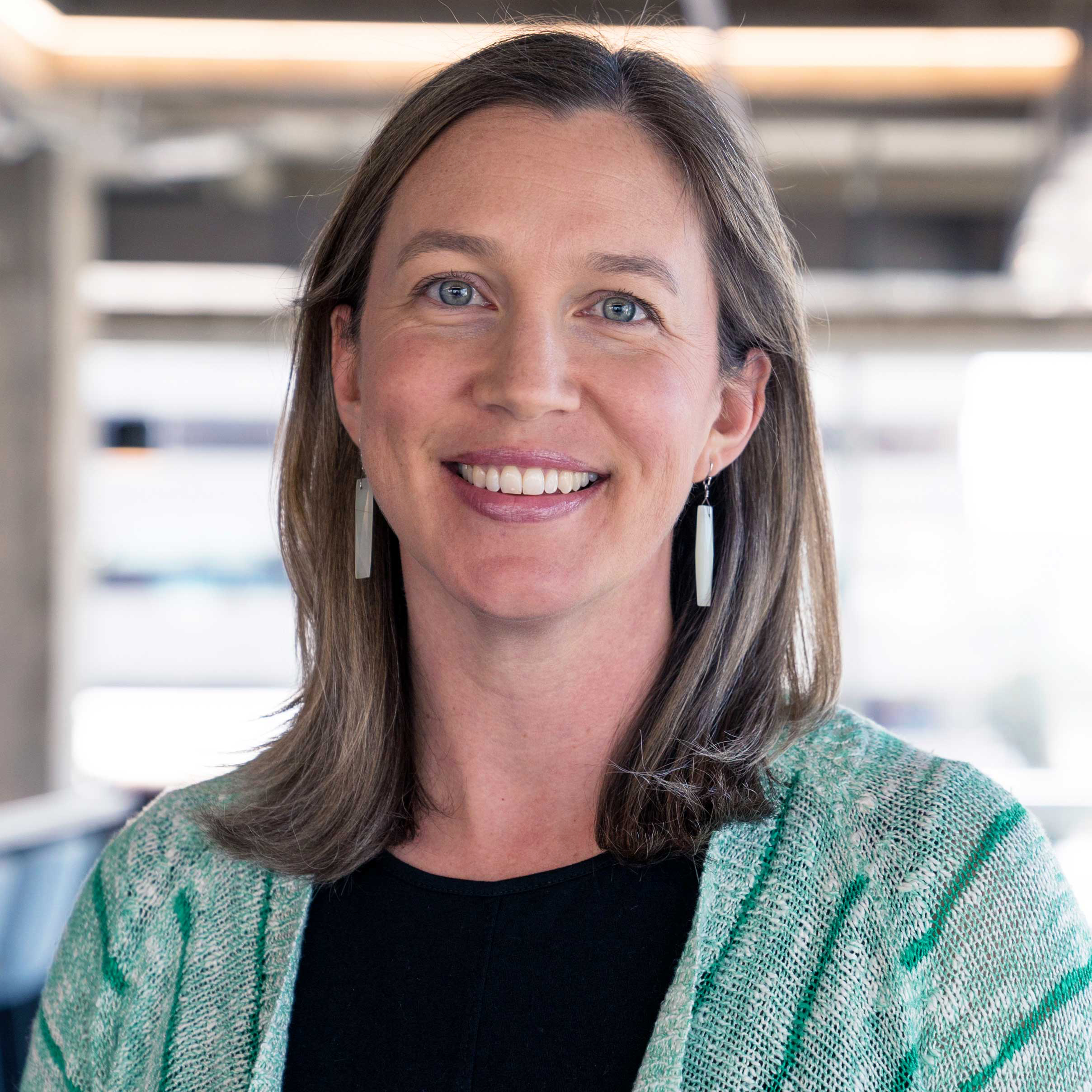
Ashleigh Powell
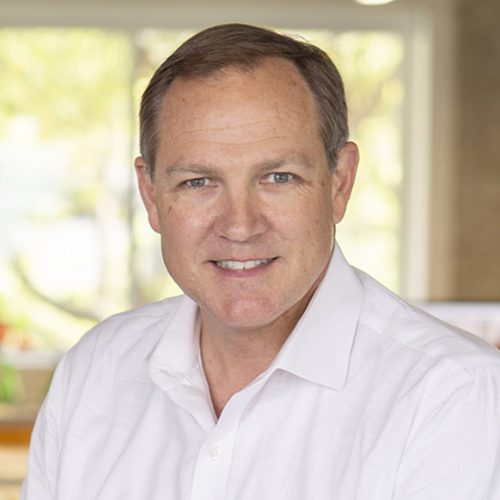
James Foster
Last up in our special series is a look at the future of design (and Cushing Terrell) through a chat with Ashleigh Powell and James Foster. The two will guide us through some trends that are taking off — but also describe the attitudes and skills that are crucial for setting yourself up for future success.
About Our Guests
Ashleigh Powell, LEED AP BD+C and WELL AP, serves as Cushing Terrell’s Director of Sustainability and heads up the firm’s Green Advocacy Council, which advances the firm’s sustainability commitments through action and education. Based in Austin, TX, though globally-impactful, Ashleigh works with clients and project teams to identify effective sustainable design strategies. She helped develop Cushing Terrell’s in-house Sustainable Design Initiative, a compilation of best-practice design strategies aimed at promoting environmental stewardship, human health and wellness, resilience, and equity.
Associate principal James Foster, AIA, LFA, is an architect and leader of Cushing Terrell’s Austin studio. He has a deep background in creating innovative solutions in commercial, institutional, retail, and advanced technology domains, among other market sectors. His expertise includes the fields of biomimicry and biophilic design, workplace design, and commercial real estate development, and all of his work is underscored by human-centered design thinking. With a childhood spent between Colorado and New York, James has called Austin home for several decades.
Link: Episode Transcript
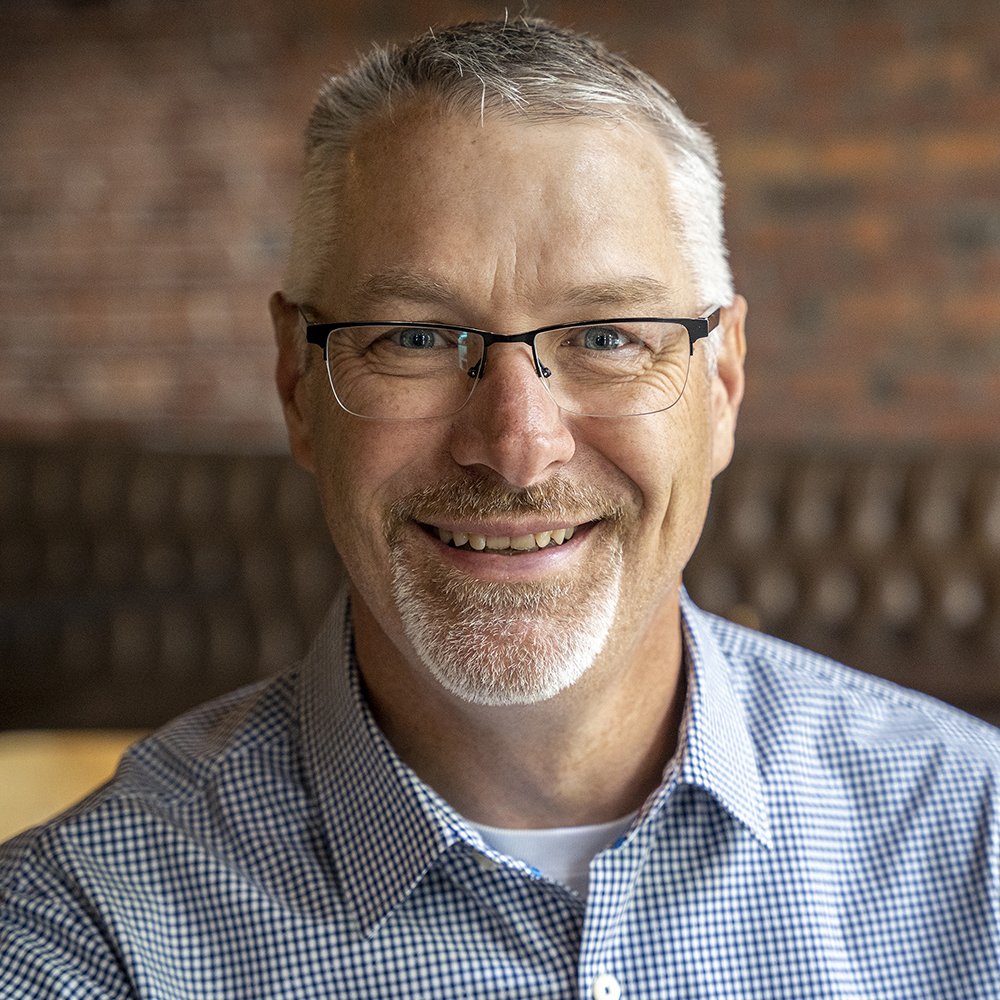
Greg Matthews
In this second episode of our special series, we’re looking at the present state of Cushing Terrell. We’re chatting with President and CEO Greg Matthews about how the organization has positioned itself as a leader in the industry — largely by staying true to its values over the years while modernizing its approach.
About Our Guest
Greg Matthews has served as president and chief executive officer for Cushing Terrell since February 2020, and has been a member of the firm since 1995 — three days after completing his architectural degree from Montana State University. He’s amassed diverse architectural experience, but prior to his current position, Greg co-led Cushing Terrell’s Healthcare team, a group he still supports today. As the leader of our firm (and in every facet of his life), his passion is people. “I believe my highest and best value to the firm is to help our people grow so they can help our clients prosper,” he says. “I’m in perhaps the best position to break down barriers and to open up opportunities for our team.”
Outside of work, he enjoys spending time with family, hunting with his dogs, and fishing and golfing with friends. He’s also a wealth of information about fastpitch softball and the Dallas Cowboys.
Link: Episode Transcript
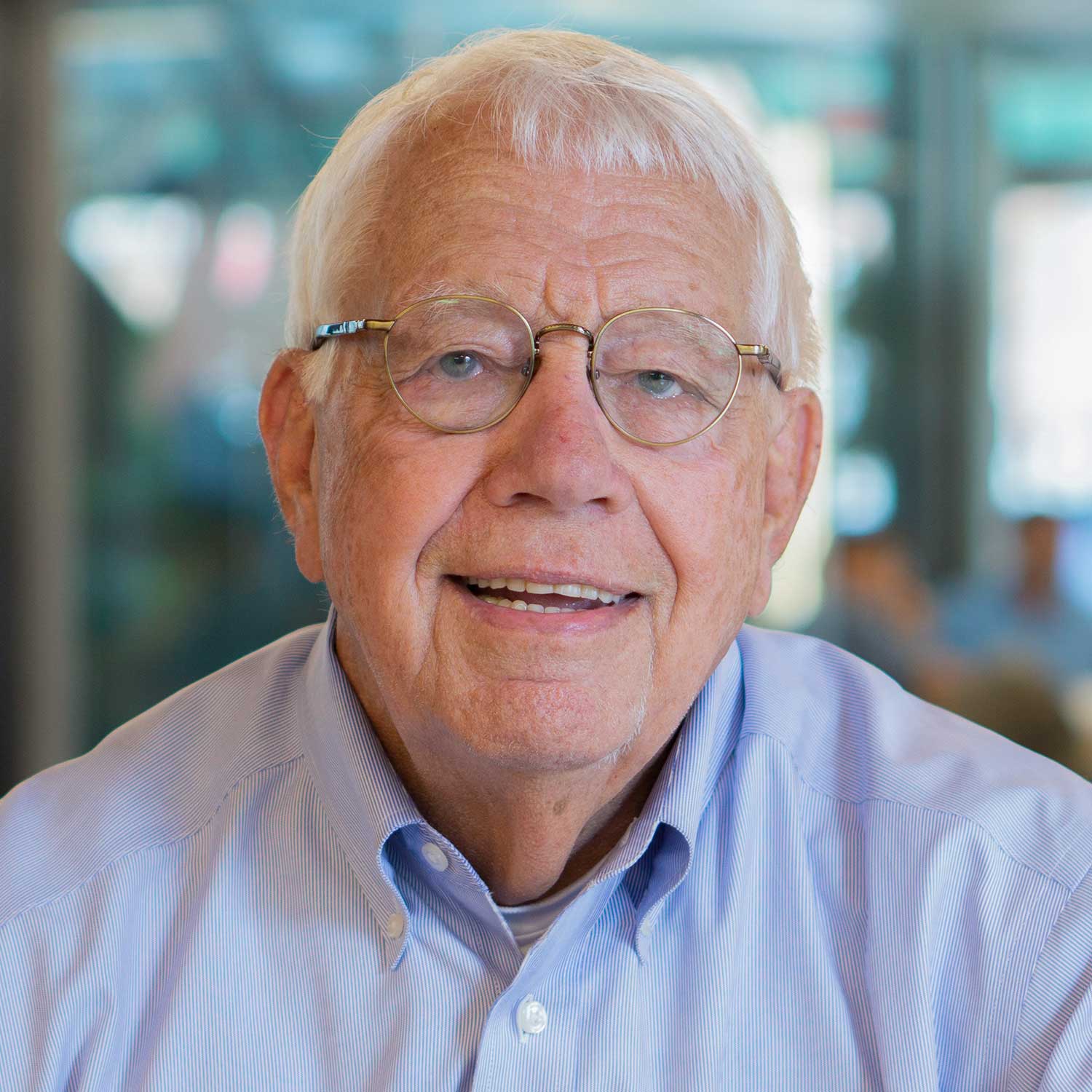
Gene Kolstad
In this special series, we’re looking at the past, present, and future of Cushing Terrell. For this episode, we explore how Cushing Terrell built its foundation of success. We chat with architect and structural engineer Gene Kolstad about the stories and practices that define the firm that turned 85 years old on August 6, 2023.
About Our Guest
Gene Kolstad is a senior project manager that joined Cushing Terrell back in 1966. With well over 50 years of industry experience, he is active in project architecture and engineering, and considered a leading regional expert in the areas of viable alternative evaluation and medical master planning. A past president and CEO of the firm, and a staunch proponent of client support and doing the right thing no matter the circumstance, Cushing Terrell’s highest internal honor — the Integrity & Client Service Award — is bestowed annually and accompanied by a trophy named “The Geno” in honor Gene’s substantial contributions.
Link: Episode Transcript
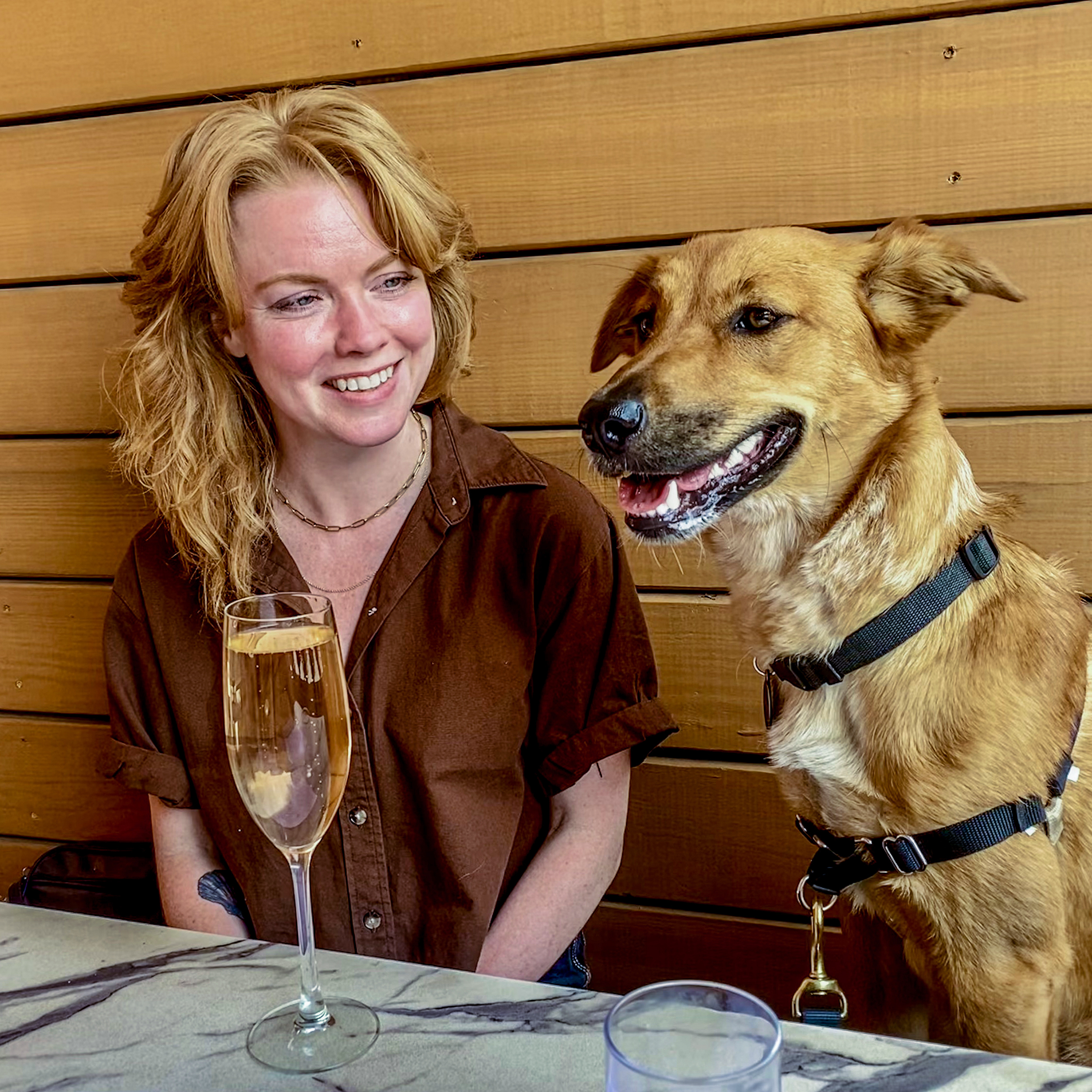
Sarah Steimer
WAIT! As we did at the end of season 1, we’d like to share a postscript episode where moderator Sarah Steimer once again becomes a guest on her own show. Producer Travis Estvold spins the mic around and asks Sarah about her takeaways from season two — and we unveil a bonus question that was asked of each guest this season.
About Our Guest
Now unable to go anywhere in the world without being recognized as the beloved moderator of Good, Thoughtful Hosts, Sarah Steimer is also a veteran journalist, editor, and all-around curious human. A resident of Chicago, Sarah spends her off-hours taking care of her new pup, Dottie, seeing live music, and traveling.
Link: Episode Transcript
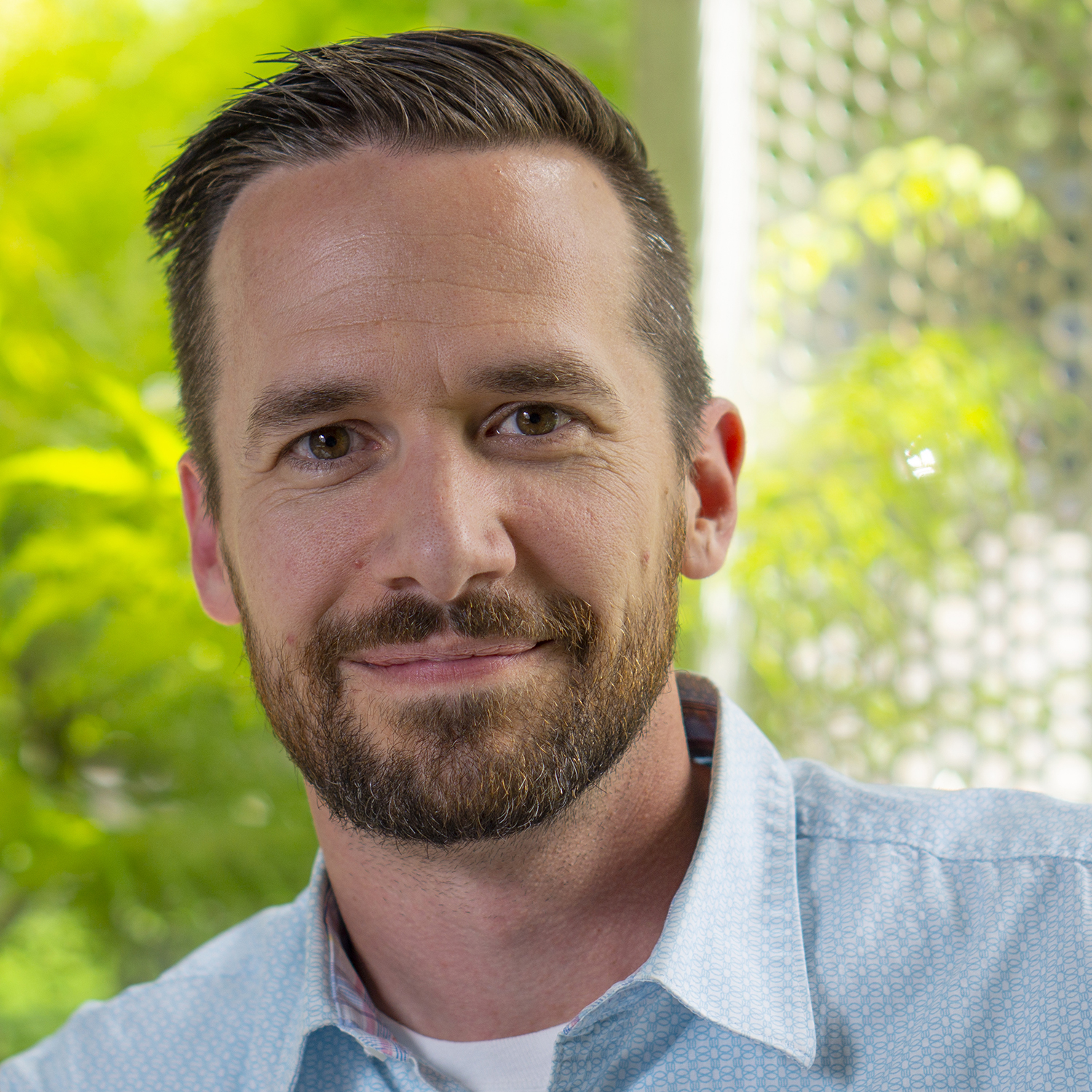
Urban + Farm is a so-called “agrihood” under development in Bozeman, Montana. It’s an area with a long, rich history of farming, but this new complex is taking a modern approach to a food-centric way of life. We chat with Cushing Terrell project designer Jimmy Talarico about the inspiration, plans, and lessons learned from the project so far.
More resources:
About Our Guest
Jimmy Talarico is a veteran architectural designer whose role with Cushing Terrell more recently has morphed into a hybrid of designer, business development rep, and creativity instigator. A prolific, award-winning visual artist outside of work, he believes in the universal importance of holistic thinking and broadening perceptions. He’s a past TEDx presenter and shares his musings in a column shared regularly through LinkedIn.
Jimmy; his wife, Melinda; and their two kids call beautiful Bozeman, Montana home, but he’s originally from Illinois and is a lifelong fan of the Chicago Cubs. He also wants to communicate in no uncertain terms how strongly he dislikes the taste of carrots.
Link: Episode Transcript
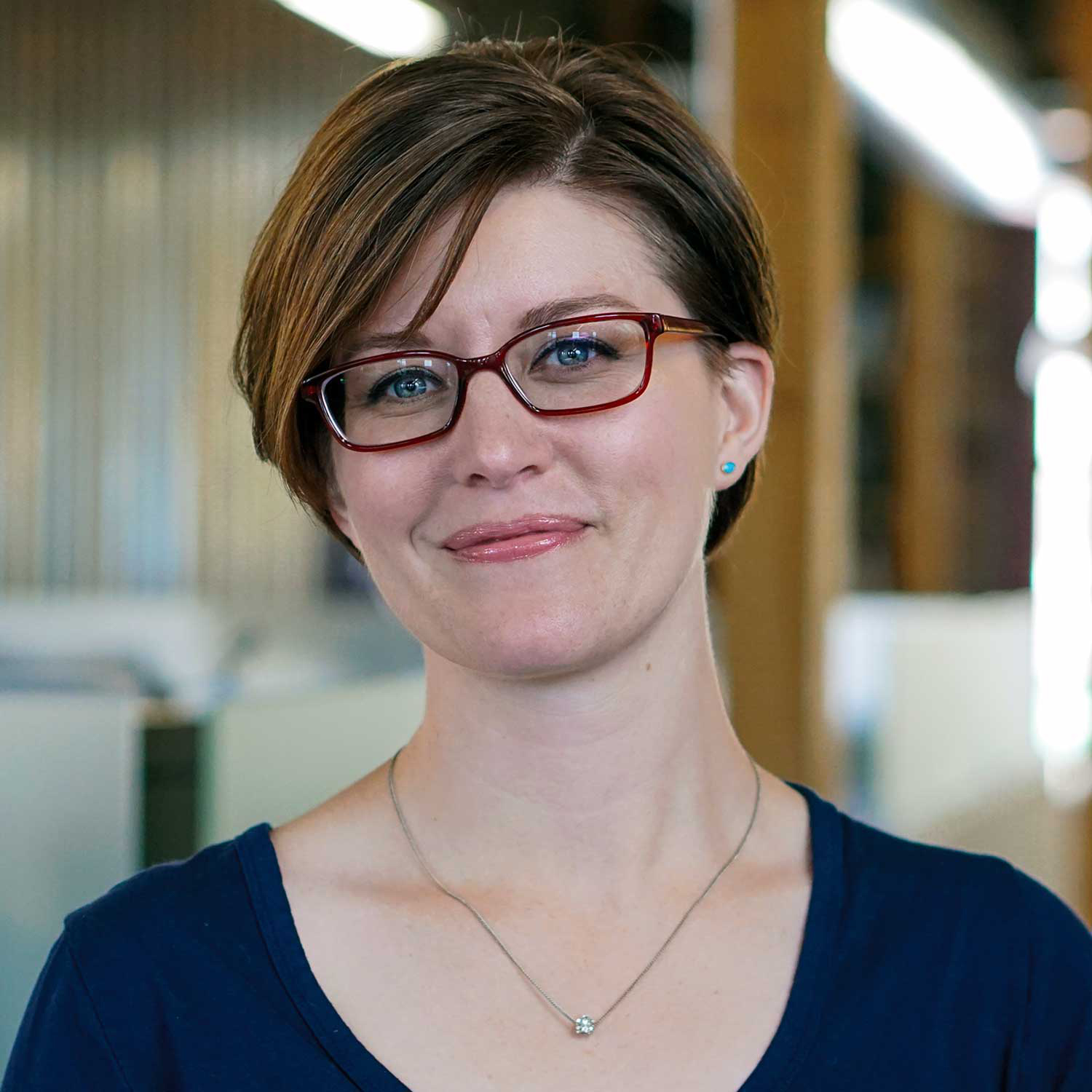
Rebecca Muchow joins this episode to tell us more about the Root District. This neighborhood, home to a 100-plus-year-old farmers market, is looking to build a green, equitable community around food. But it wants to go beyond restaurants and stores and include business incubators, homes, culture, and more. Muchow explains how the folks involved are using a central story to build awareness and momentum behind their ideas.
Learn more about the Root District: urbanland.uli.org
About Our Guest
Architect Rebecca Muchow serves as office and regional manager for Cushing Terrell’s location in Minneapolis, MN. With a lifelong curiosity about design, ideation, and creation, she has 20 years of experience as a project architect with a focus on sustainable design solutions. Her past work includes historic preservation projects and managing sustainability and LEED certification efforts. Rebecca is passionate about mentoring others, being active in her local architecture community, and advancing diversity, inclusion, and equity within her firm and throughout the larger industry.
Link: Episode Transcript
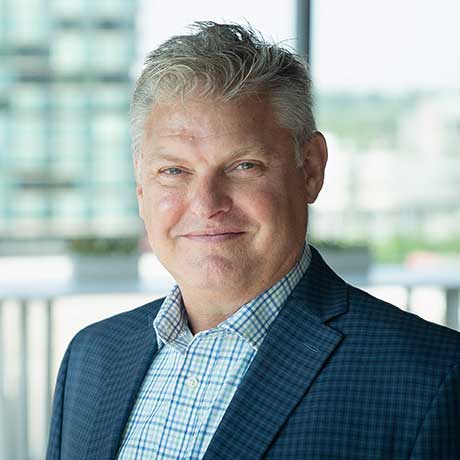
Another episode featuring podcast favorite Randy Rhoads, architect and executive director of affordable housing for Cushing Terrell. We discuss universal design: what it is, how it helps everyone, and its seven guiding principles. We’ll also talk about an apartment project in St. Louis that changed one family’s life just by making mindful adjustments.
More resources:
- The Seven Principles of Universal Design
- RL Mace Universal Design Institute at North Carolina State University
- New York Times article
About Our Guest
Randy Rhoads has more than three decades of experience in the design of residential, commercial/retail, educational, and governmental/institutional projects. Over the course of his career, Randy has been the lead architect for more than 32 tax credit developments, overseeing the design and construction of over $1 billion in development costs; and has been responsible for leading the design of over 6,000 mixed-income, multi-family, and elderly apartment units in 14 cities across the United States. He is a member of the Congress for the New Urbanism and holds a Bachelor of Architecture degree from Kansas State University.
Link: Episode Transcript


In this episode, we’re talking with urban planner Nora Bland about involving the community in a city’s design process. The practice improves the outcome by involving those who understand the region and its history best, but it also helps make local changes more digestible for the residents because they’ve been able to offer their input.
About Our Guest
Originally from Virginia, Cushing Terrell urban planner Nora Bland now hails from Denver, CO. Her specialization is in community engagement and long-range/comprehensive planning, which she has accomplished in concert with many municipalities and developers. She’s specifically passionate about creating places and spaces that are beautiful, equitable, affordable, and sustainable. Nora identifies as an urbanist, cyclist, dog lover, and diehard warm-weather camper.
Link: Episode Transcript


In our Earth Day episode, we talk with engineer Tim Johnson about why we should care about decarbonization, and how it’s done. We focus on three solutions in particular: efficiency, electrification, and clean energy. Tim gives us a few simple recommendations, including investing in clean energy and spreading the word on alternatives.
About Our Guest
With the firm since 2007, mechanical engineer Tim Johnson leads Cushing Terrell’s Boise mechanical engineering team. Tim is an outspoken champion for high-performance building design including strategies for achieving LEED certifications, Architecture 2030 goals, and zero net energy consumption. He focuses on using simulated and measured data to inform design decisions and influence industry trends while optimizing investments. When away from work, Tim enjoys kayaking, basketball, and spending time with his family in the great outdoors.
Link: Episode Transcript
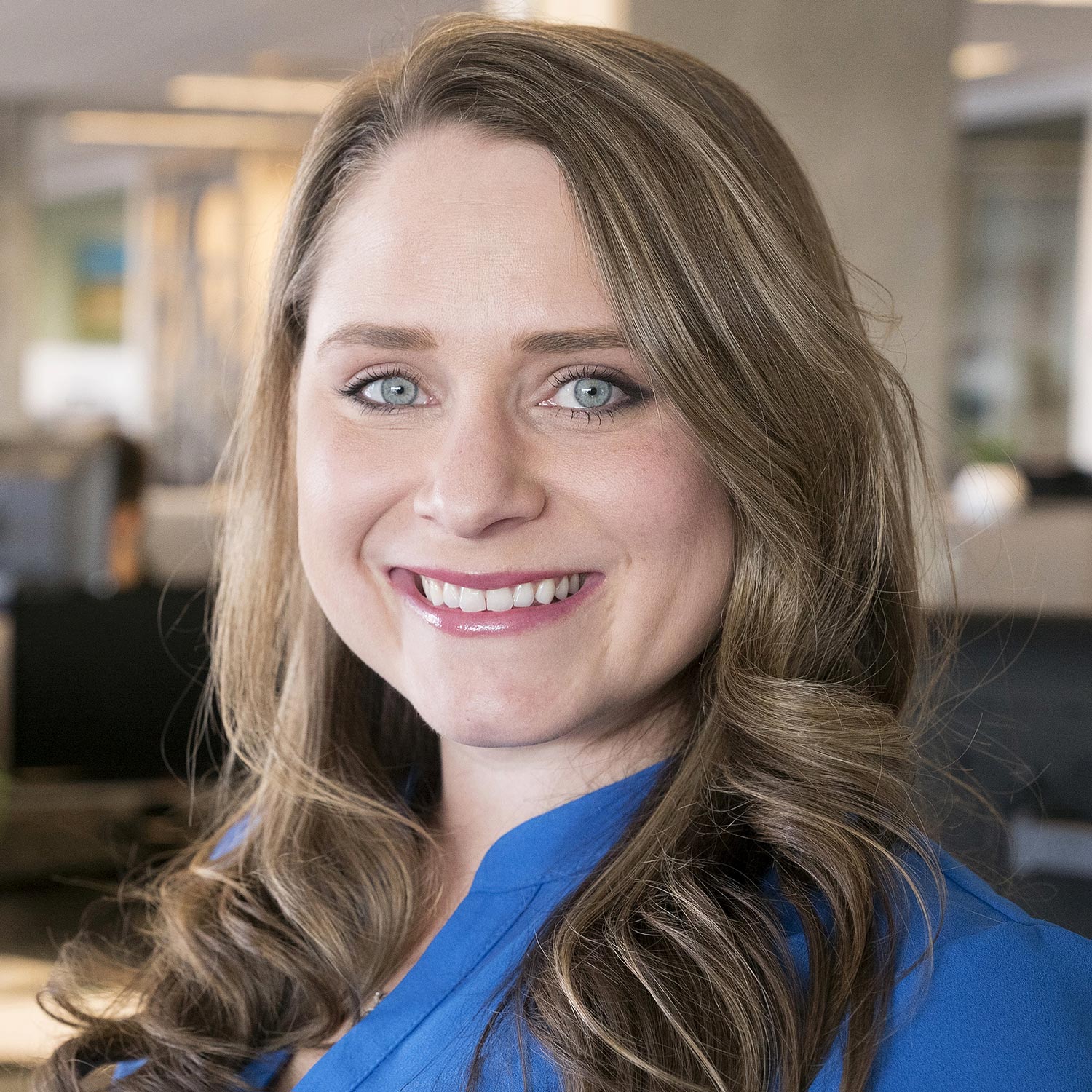

One of our great shared experiences in life is hitting the grocery store — so we likely don’t think much of it. But designers employ both hard and soft data to shape our experience in the stores. Today we talk with Kara Eberle-Lott about how a well-designed store can serve as an important touchpoint that’s responsive to its neighbors’ needs.
About Our Guest
Kara Eberle-Lott is an associate principal, architect, and project manager working from Cushing Terrell’s Seattle office. Her diverse portfolio features numerous retail and grocery clients, for whom she develops branded design that fully realizes clients’ unique visions. She maintains a commitment to the human-centric nature of design (and business and life); when she isn’t completing client work, she trains and mentors younger designers, participates in Cushing Terrell’s Diversity, Equity, and Inclusion Steering Committee, and manages hiring for the Seattle team. Born and raised in Coeur d’Alene, ID, Kara lives with her husband, baby girl, and rescue cats, and derives great inspiration from the Puget Sound area.
Link: Episode Transcript


In our second conversation with Sheri Blattel, we take an even deeper look at retail research and the role of the metaverse in the way we interact with brands. We discuss the ways in which companies use technology to individualize the customer experience and use data for a more seamless experience between the physical and virtual worlds.
About Our Guest
An associate principal at Cushing Terrell, Sheri Blattel serves as co-director of the Retail design studio. Her design work prioritizes user experience that embodies the culture, values, and unique aesthetic of each client. Sheri seeks out holistic views that consider context, sustainability, resilience, health, safety, and happiness; and she is a member of the Retail Design Institute, International Council of Shopping Centers, Urban Land Institute, and Shop! Association.
Beyond the design practice, Sheri manifests her passion for advancing justice, equity, diversity, and inclusion by leading Cushing Terrell’s initiatives in this arena, but is likewise invested in the larger AEC industry, which she sees as vitally important for the next generation, including her two daughters.
Link: Episode Transcript
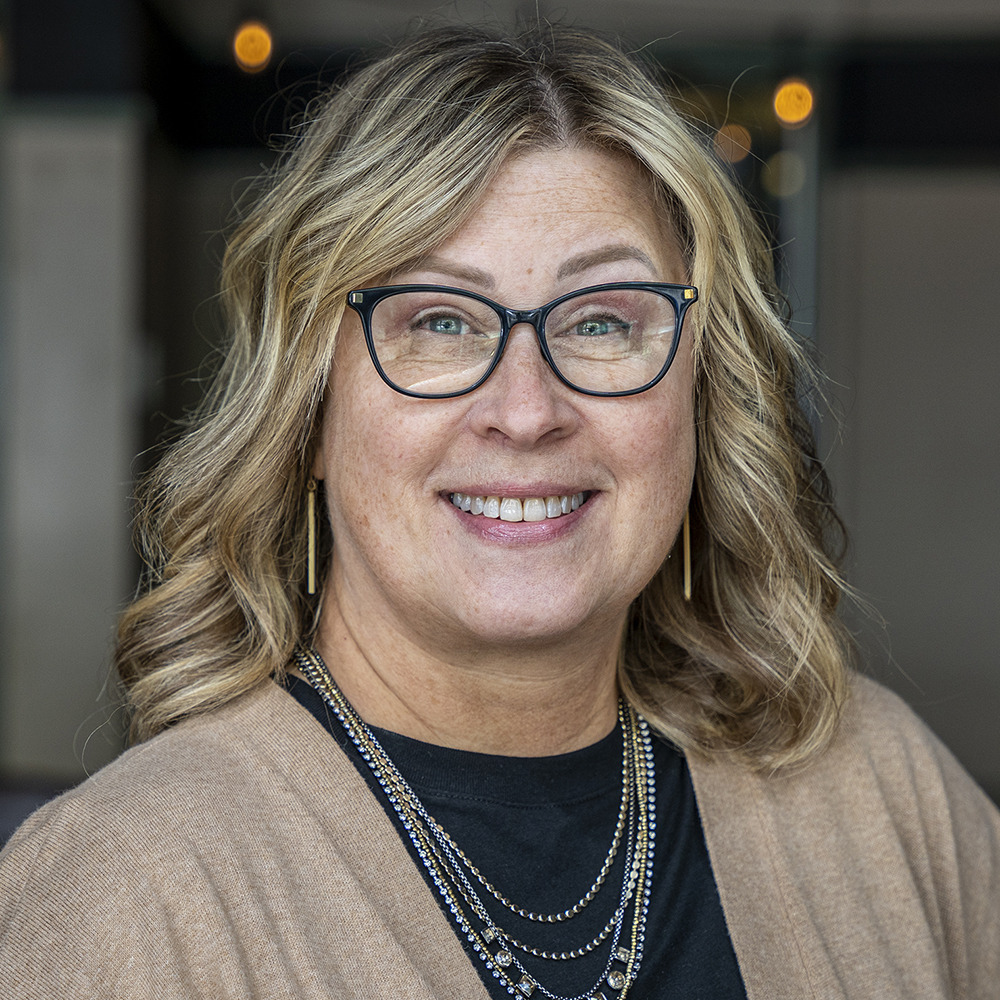

We may be an extremely online culture, but physical retail spaces still influence the way we shop (no matter where the final purchase occurs). On this episode, we chat with Sheri Blattel about the impact of two retail trends in particular: conscious consumption and last-mile delivery.
About Our Guest
An associate principal at Cushing Terrell, Sheri Blattel serves as co-director of the Retail design studio. Her design work prioritizes user experience that embodies the culture, values, and unique aesthetic of each client. Sheri seeks out holistic views that consider context, sustainability, resilience, health, safety, and happiness; and she is a member of the Retail Design Institute, International Council of Shopping Centers, Urban Land Institute, and Shop! Association.
Beyond the design practice, Sheri manifests her passion for advancing justice, equity, diversity, and inclusion by leading Cushing Terrell’s initiatives in this arena, but is likewise invested in the larger AEC industry, which she sees as vitally important for the next generation, including her two daughters.
Link: Episode Transcript
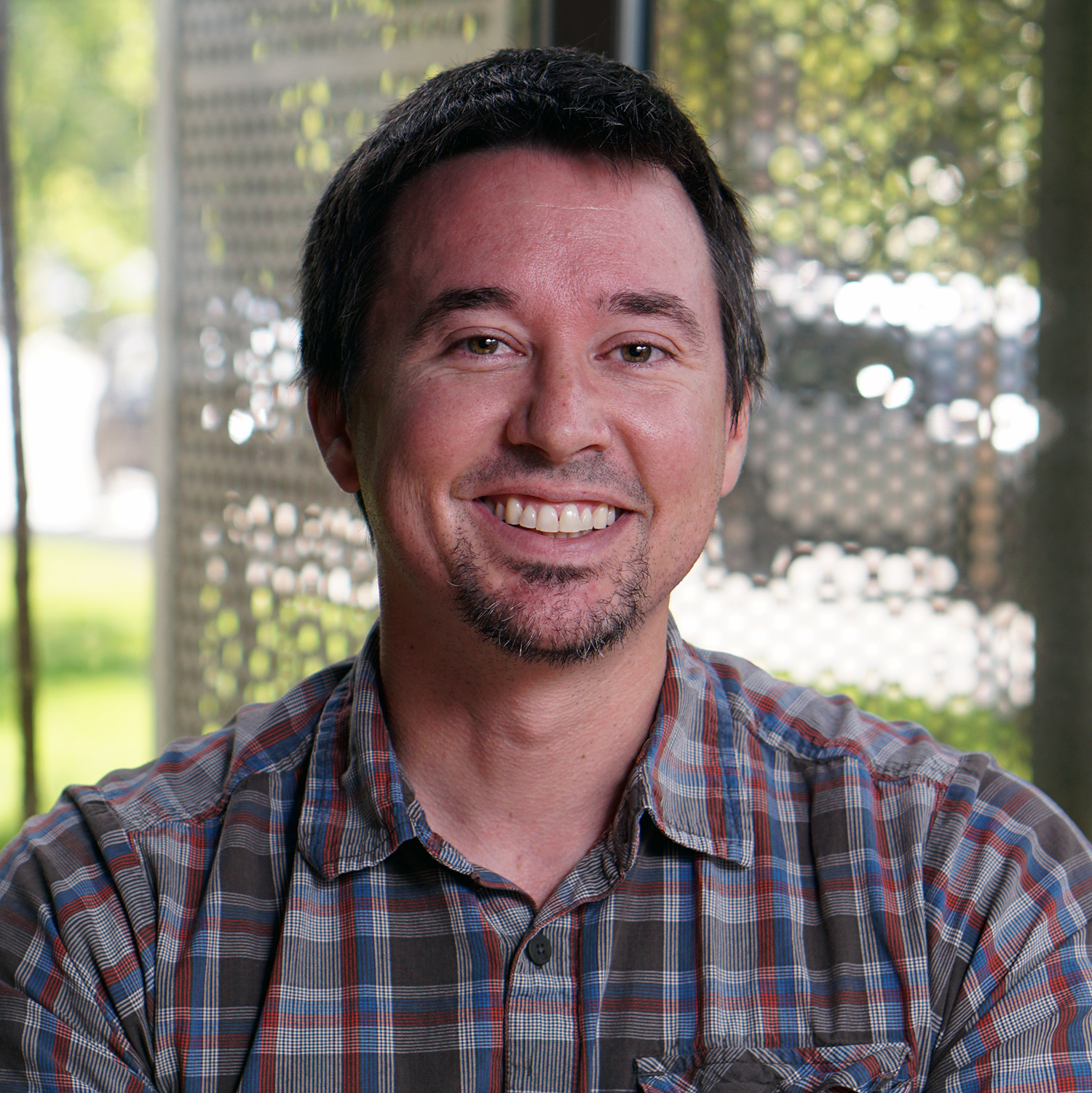

In this episode of Good, Thoughtful Hosts, we’re talking with mechanical engineer Alex Russell about the process of electrification. We’ll discuss how moving from traditional systems, such as gas, to electric systems can mean making shifts throughout the building or community — not a one-for-one switch. Plus, Alex walks us through some of the work Cushing Terrell did with Romney Hall at Montana State University, which was modernized as part of the school’s efforts toward its sustainability commitments.
About Our Guest
Bozeman-based Alex Russell serves as Director of Energy Services for Cushing Terrell and is a licensed mechanical engineer. Focused on creating healthy, innovative environments, Alex is a LEED-accredited and Green Globes professional with more than a decade of experience with all facets of HVAC mechanical design. When not working, the Montana native can almost always be found seeking outdoor adventures.
Link: Episode Transcript
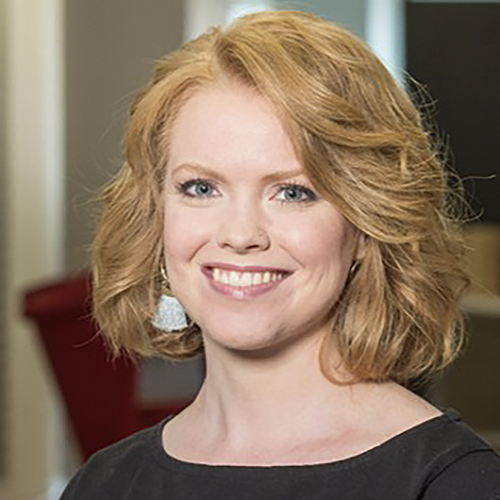

Sarah Steimer
WAIT! Before closing out the year, we’d like to share a postscript episode with a twist — moderator Sarah Steimer becomes a guest on her own show. A producer spins the mic around and asks a bit about Sarah as a person, her takeaways from season one, and a quick preview of what to expect from next year’s sophomore effort.
About Our Guest
Now unable to go anywhere in the world without being recognized as the beloved moderator of Good, Thoughtful Hosts, Sarah Steimer is also a veteran journalist, editor, and all-around curious human. A resident of Chicago, Sarah spends her off-hours taking care of her new pup, Dottie, seeing live music, and traveling.
Link: Episode Transcript
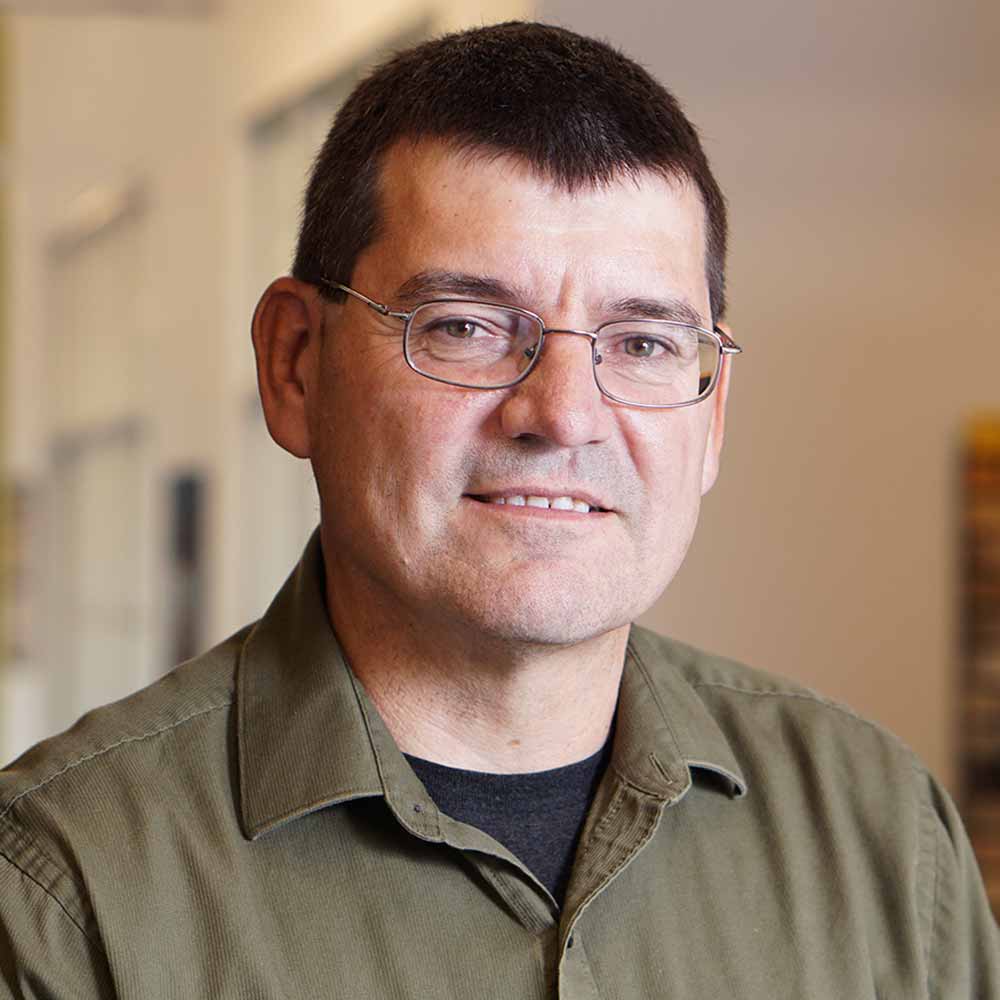

Alan Bronec
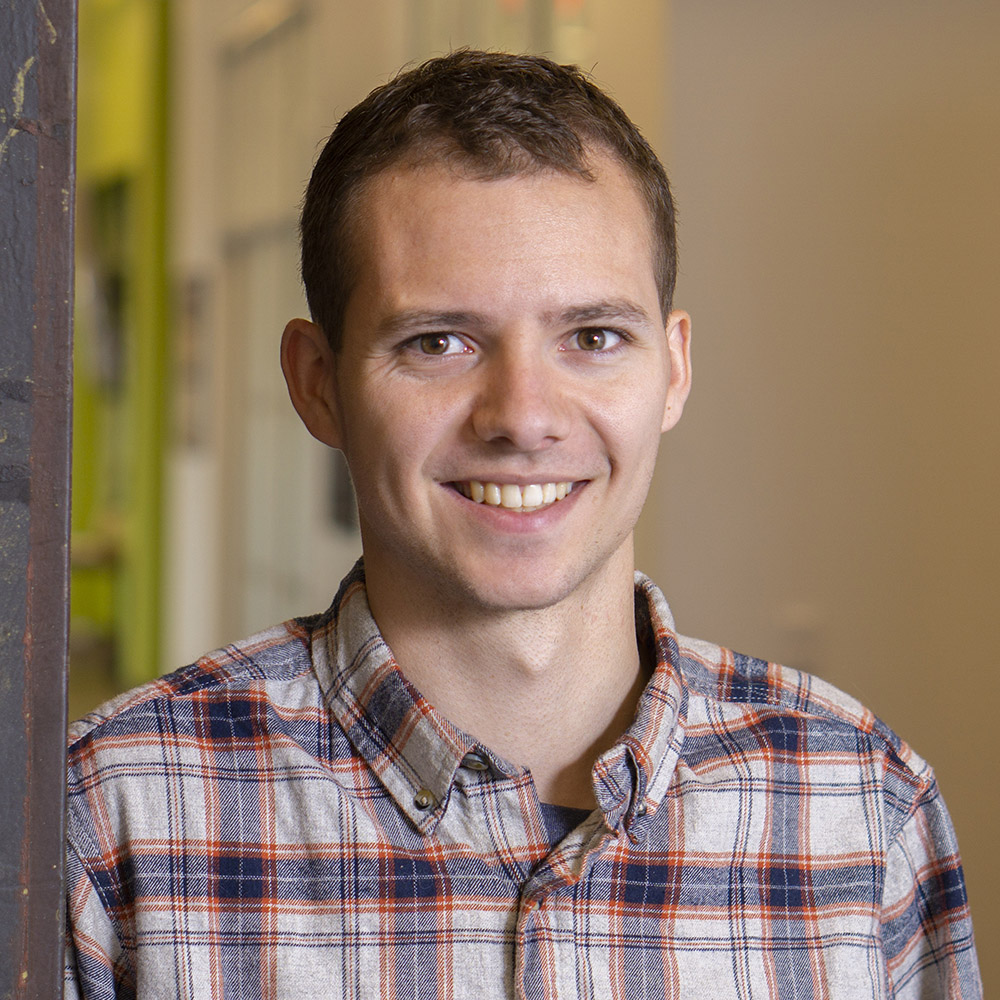

Nathan Bronec
In our final episode of the first season of Good, Thoughtful Hosts, we’re focusing on the U.S. energy infrastructure. We’ll speak with engineers Alan and Nathan Bronec about the upgrades needed to bring energy grids into the future as systems age and needs grow. They’ll walk us through the types of modern power solutions available, along with a few examples.
About Our Guests
A 25-year veteran with the firm, Alan Bronec is an electrical engineer and director of Cushing Terrell’s Infrastructure team. His favorite projects involve alternative energy and mission-critical attributes, and he has deep experience designing micro-hydro and combined heat and power generation systems, photovoltaic arrays, data centers, and more.
An electrical engineer in training at Cushing Terrell, Nathan Bronec is a project manager specializing in work related to infrastructure and onsite energy generation. As a child following his dad (Alan) around the office, to interning, to being a five-year-tenured team member, Nathan has spent much of his life around Cushing Terrell.
Nathan and Alan jointly mentor their local FIRST Robotics Competition team after Alan filled the role for many years. They both live in Missoula, Montana. Learn more about the duo here.
Link: Episode Transcript
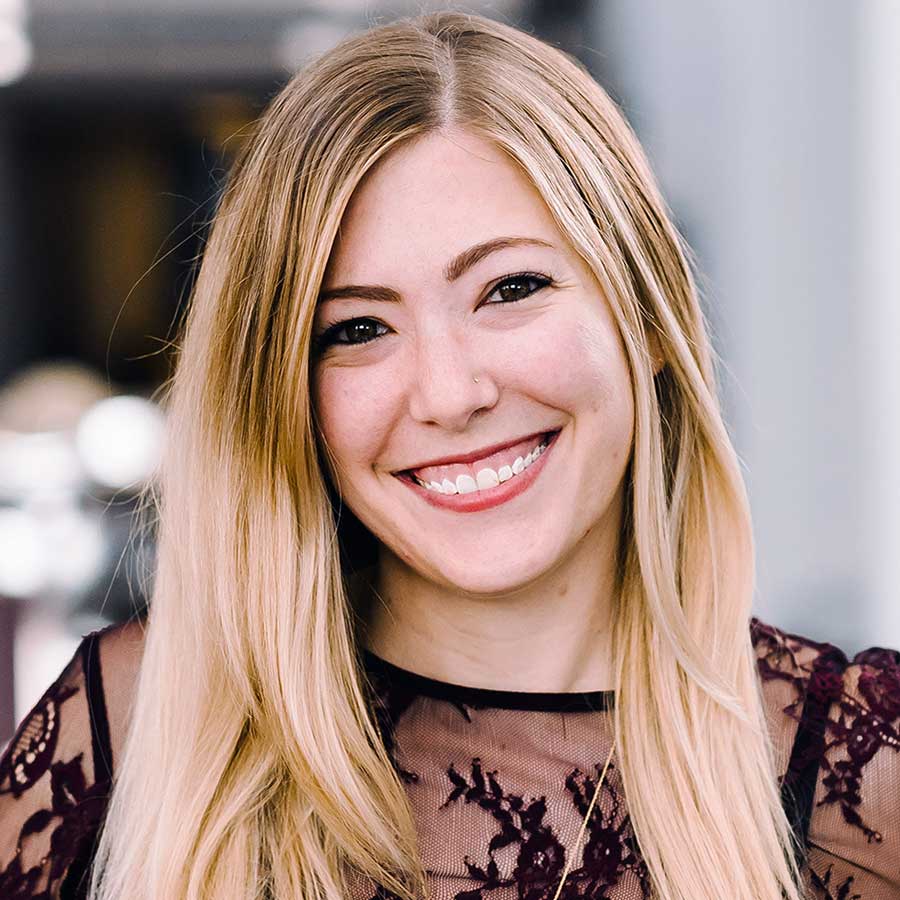

Jessica Earp
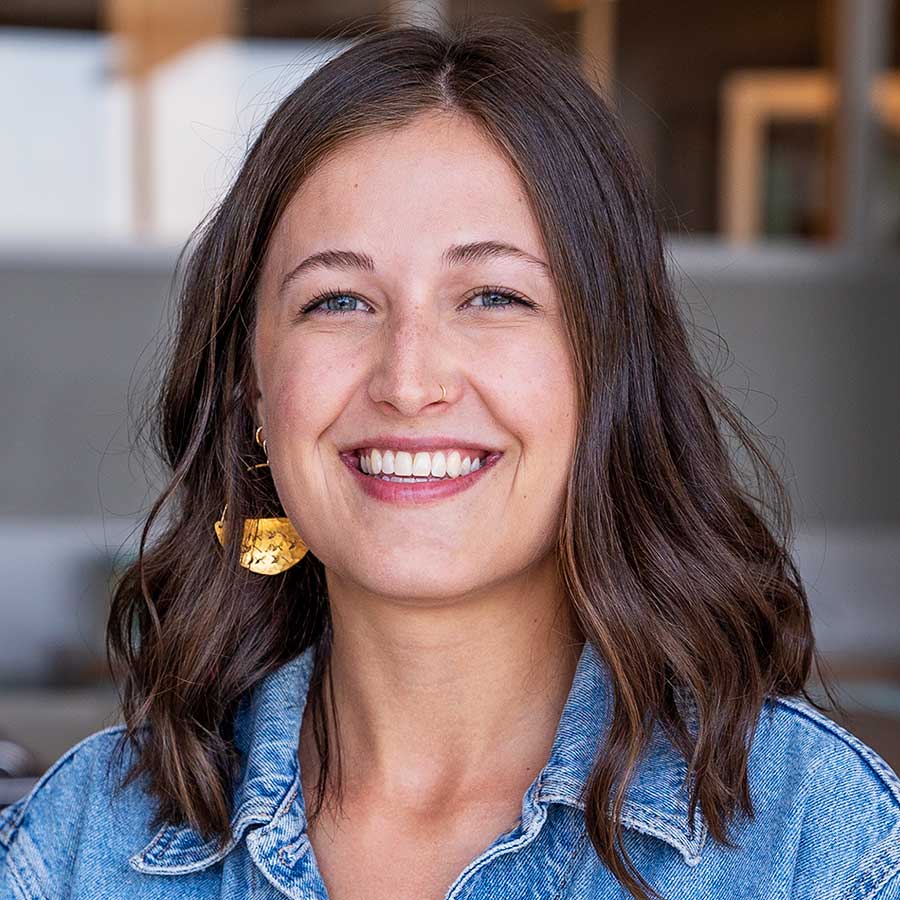

Elna Albano
On this episode of Good, Thoughtful Hosts, we chat with Cushing Terrell interior designers Jessica Earp and Elna Albano about how the materials used in buildings could be harmful to either the environment or the end user. We discuss the materials library red list, how to be a leader in healthy materials, and more. We delve into the practice of using human-friendly and environmentally-friendly materials, and how this means considering the process by which the items are made and the effects they may have once in our spaces.
Interested in learning more?
About Our Guests
Jessica Earp, NCIDQ, IIDA, LEED Green Associate, an Atlanta native turned Seattleite, was educated in interior design at Valdosta State University and Savannah College of Art and Design. She has amassed broad experience on an array of project types but currently primarily supports commercial and retail projects with a focus on workplace design. As a member of Cushing Terrell’s Green Advocacy Council, Jess is passionate about responsible, sustainable material sourcing and embedding sustainable thought, action, and education in her work.
Elna Albano, a lifelong Idahoan — raised in Island Park, educated in Moscow, and currently living in Boise — is a lover of the outdoors and interior design. On behalf of Cushing Terrell, she has provided design insights to a broad spectrum of client types from healthcare providers to hotels to retailers — to her primary focus, corporate offices. Elna has a passion for sustainability and the environment, and is highly conscientious about the effects of design on human well-being and happiness.
Link: Episode Transcript




In the second of our two-part series on affordable housing with Randy Rhoads, an architect and the Executive Director of Affordable Housing for Cushing Terrell, we’ll discuss the wide-ranging effects of having an affordable place to live. This creates a strong foundation on which to build — in both an individual and a community sense — that touches job opportunities, discretionary spending, fewer evictions, healthier populations, and improved government infrastructure.
But before you listen to Part 2, check out Part 1 of Sarah’s interview with Randy.
About Our Guest
Randy Rhoads has more than three decades of experience in the design of residential, commercial/retail, educational, and governmental/institutional projects. Over the course of his career, Randy has been the lead architect for more than 32 tax credit developments, overseeing the design and construction of over $1 billion in development costs; and has been responsible for leading the design of over 6,000 mixed-income, multi-family, and elderly apartment units in 14 cities across the United States. He is a member of the Congress for the New Urbanism and holds a Bachelor of Architecture degree from Kansas State University.
Link: Episode Transcript
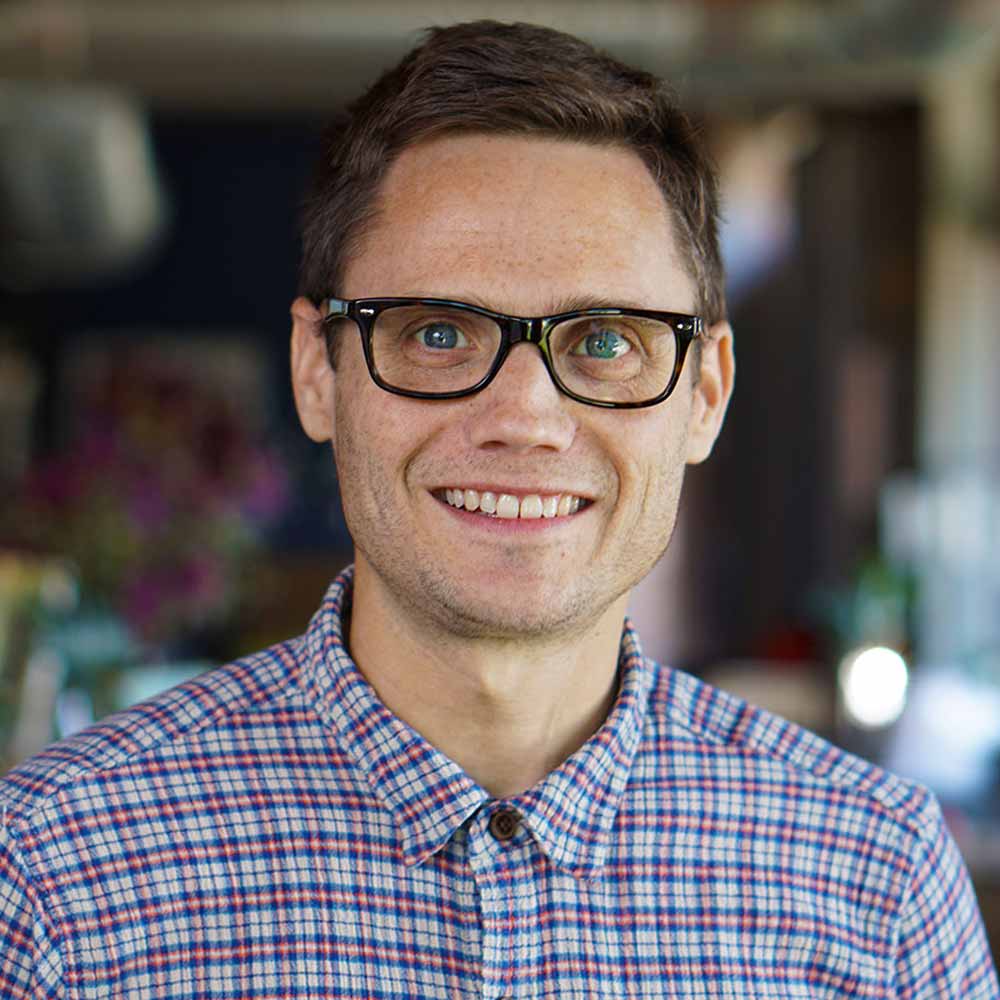

We’re chatting with Cushing Terrell Design Director and architect Joel Anderson about how psychology is used in design. We’ll focus on how to incorporate four elements in particular: coherence, complexity, legibility, and mystery — and how when any one of those pieces is missing, it can make the space feel out of sorts. We use environmental cues to move people through a space, but we must also learn about a user’s environmental preferences and respond to them.
About Our Guest
Joel’s design work focuses on sustainability, context, and culture, and his experience spans a variety of building typologies. Currently, he co-leads Cushing Terrell’s R&D program, helping the firm focus on sustainable design goals and actionable progress towards improving the built environment. He regularly guest-teaches and lectures at his alma mater, the Illinois Institute of Technology. Joel’s certifications include AIA, NCARB, and LEED AP BD+C, and he is licensed in seven states.
Link: Episode Transcript
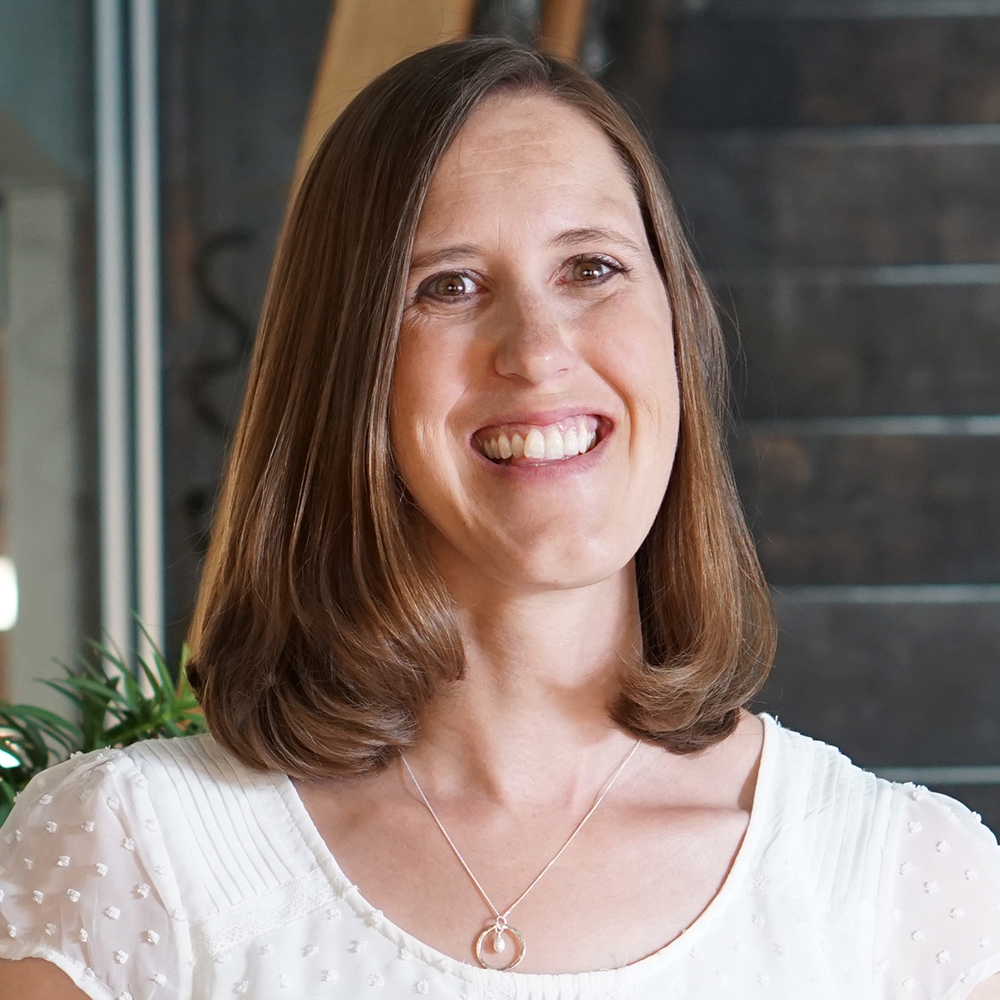

Rather than just walk away from a project once completed, there’s a review process that can occur called a post-occupancy evaluation. These employ both quantitative (hard data) and qualitative (survey) information to allow for a continual state of learning for both the design team and the client. They can help us determine how the space is actually being used, what improvements can be made in future iterations of a design, and how to use these lessons to further knowledge sharing.
Interested in learning more? Check out this Q&A with Raelynn and this brief summary of what to expect from a POE.
About Our Guest
Based in Billings, Montana, mechanical engineer Raelynn Meissner joined Cushing Terrell in 2004 following graduation from the University of Wyoming with an Architectural Engineering degree. She has spent the bulk of her career focusing on sustainable design and high-performance buildings, with specific expertise in building energy studies and analysis, LEED building certifications, and design of a variety of mechanical systems for building types including offices, schools, visitor centers, hospitals, data centers, and more.
Sustainable and energy-efficient design is a passion for Raelynn. A LEED-AP since 2005 and has been involved with 30+ LEED project certifications. Raelynn is also a GBI Guiding Principles Compliance Professional and has worked on projects pursuing smart building strategies, the Living Building Challenge, and Net Zero Energy goals.
Link: Episode Transcript
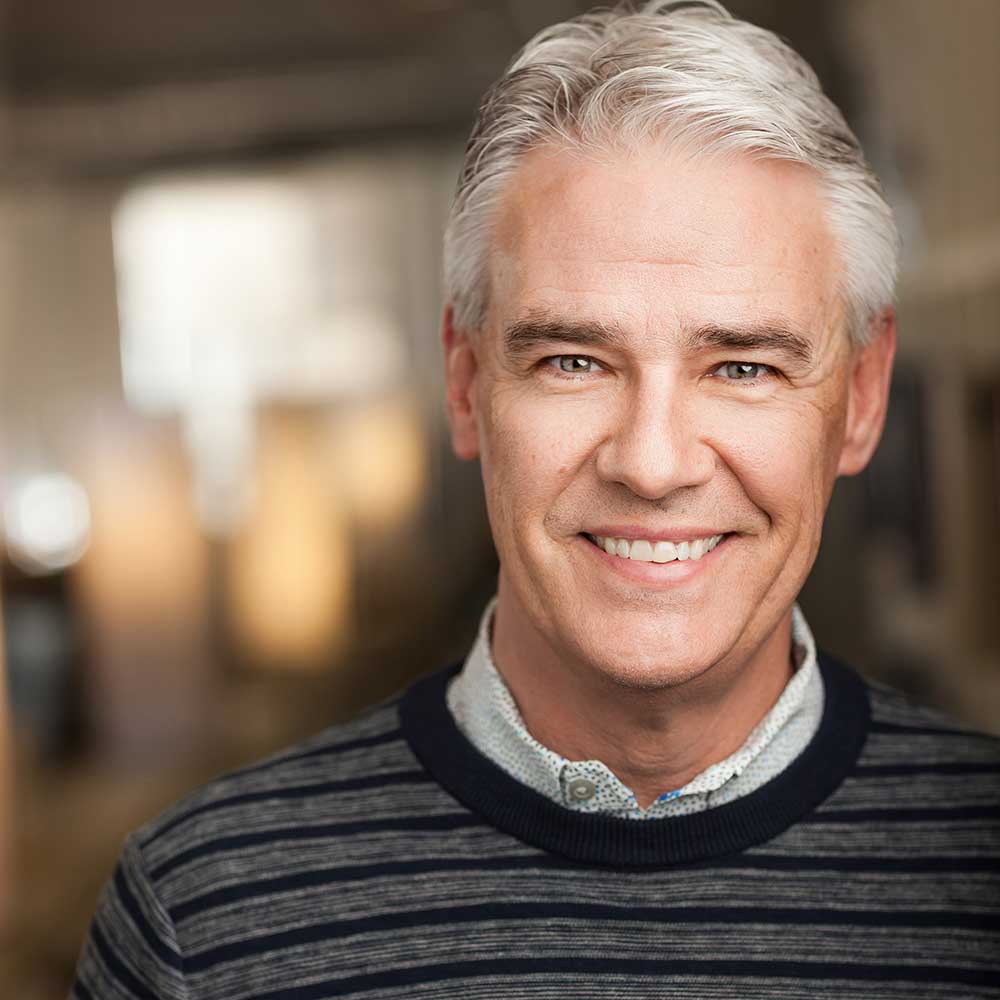



In the third and final installment of our three-part series on land use and urban sprawl, we’re once again chatting with Keith Walzak, Cushing Terrell’s Director of Planning and Landscape Architecture. We’ll start by talking about what the passage of the Inflation Reduction Act means for climate change and the built environment, as well as the benefits of developing for density — particularly mixed-use development. We’ll also cover the importance of accessibility in land use, particularly how a 15-minute walkable city can benefit ourselves and our environment.
Check out the first two episodes of the series on public perception and financial incentives.
About Our Guest
An urban planner and landscape architect, Keith engages community members and leaders, non-profit organizations, public agencies, and private developers to promote healthy and creative placemaking opportunities for communities of all sizes. He is passionate about addressing complex issues such as resiliency and climate change, equity, housing affordability, homelessness, neighborhood gentrification and community revitalization, and delivery systems affecting sustainable urban infrastructure. Keith has been affiliated with the Urban Land Institute (ULI), Congress For New Urbanism, Habitat For Humanity, and many other agencies.
Link: Episode Transcript




In the second of our three-part series on land use with Keith Walzak, Director of Planning and Landscape Architecture at Cushing Terrell, we get into the financial incentives (or disincentives) to urban sprawl. We discuss how local policies, lending practices, and financial risks all shape whether developers choose to build outward or explore greener options. For example, single-family home types are more likely to be subsidized, and local policy sometimes favors the annexation of more land.
We’ll also explore how city plans can provide financial incentives such as tax credits, tax breaks, and other tools to guide developers to consider infill, adaptive reuse, and other more environmentally-friendly alternatives.
But before you begin, be sure to check out the first episode of the series:
#106: Land Use with Keith Walzak, Part 1: Public Perception.
About Our Guest
An urban planner and landscape architect, Keith engages community members and leaders, non-profit organizations, public agencies, and private developers to promote healthy and creative placemaking opportunities for communities of all sizes. He is passionate about addressing complex issues such as resiliency and climate change, equity, housing affordability, homelessness, neighborhood gentrification and community revitalization, and delivery systems affecting sustainable urban infrastructure. Keith has been affiliated with the Urban Land Institute (ULI), Congress For New Urbanism, Habitat For Humanity, and many other agencies.
Link: Episode Transcript




No matter what part of the country you live in, you’ve likely seen previously untouched land be developed in the name of a new housing development, school, or shopping center. And while the demand for such facilities may exist, this type of sprawl can be problematic for the environment.
In the first of a three-part series on urban sprawl, we talk with Keith Walzak, Cushing Terrell’s Director of Planning and Landscape Architecture, about how public perceptions play a role in how we develop outward. As Walzak explains, it’s easier to imagine how a factory or other large business may be affecting climate change, but a lot harder for Americans to understand how a new subdivision can also do harm to the environment.
Interested in learning more? Read Keith’s post about compact, vertical, walkable urban neighborhoods: Reduce, Re-use, Re-imagine: How to Slow Climate Change by Slowing Urban Sprawl
About Our Guest
An urban planner and landscape architect, Keith engages community members and leaders, non-profit organizations, public agencies, and private developers to promote healthy and creative placemaking opportunities for communities of all sizes. He is passionate about addressing complex issues such as resiliency and climate change, equity, housing affordability, homelessness, neighborhood gentrification and community revitalization, and delivery systems affecting sustainable urban infrastructure. Keith has been affiliated with the Urban Land Institute (ULI), Congress For New Urbanism, Habitat For Humanity, and many other agencies.
Link: Episode Transcript




Much of Randy Rhoads’s 30-year career has been a reaction to cold, concrete public housing high rises. According to Rhoads, an architect and the Executive Director of Affordable Housing for Cushing Terrell, the affordable housing of yesteryear cut residents off from their communities, often making the most important resources inaccessible.
As the field has worked to correct course, the resulting homes have made major strides in a number of areas — including the health of residents. Now, these affordable housing developments consider what it means to design for inclusivity, personal wellbeing, and the entire community’s physical and mental health. Something as simple as a front porch can connect a resident with their neighbors, the natural environment, and an opportunity to pause.
Interested in reading more? A few additional links from Randy:
- Aspen Lumberyard Project: Envisioning What Affordable Housing Can Be
- Design for Everyone, Disabled or Not
- It bears repeating: “Housing is infrastructure.”
- The Impacts of Affordable Housing on Health: A Research Summary
About Our Guest
Randy Rhoads has more than three decades of experience in the design of residential, commercial/retail, educational, and governmental/institutional projects. Over the course of his career, Randy has been the lead architect for more than 32 tax credit developments, overseeing the design and construction of over $1 billion in development costs; and has been responsible for leading the design of over 6,000 mixed-income, multi-family, and elderly apartment units in 14 cities across the United States. He is a member of the Congress for the New Urbanism and holds a Bachelor of Architecture degree from Kansas State University.
Link: Episode Transcript
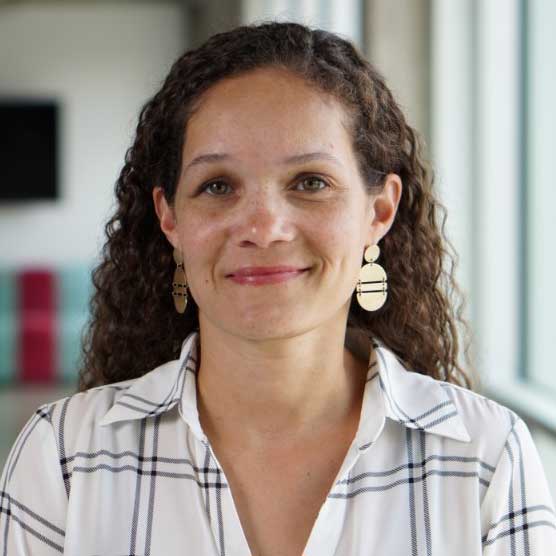

Sandi Rudy
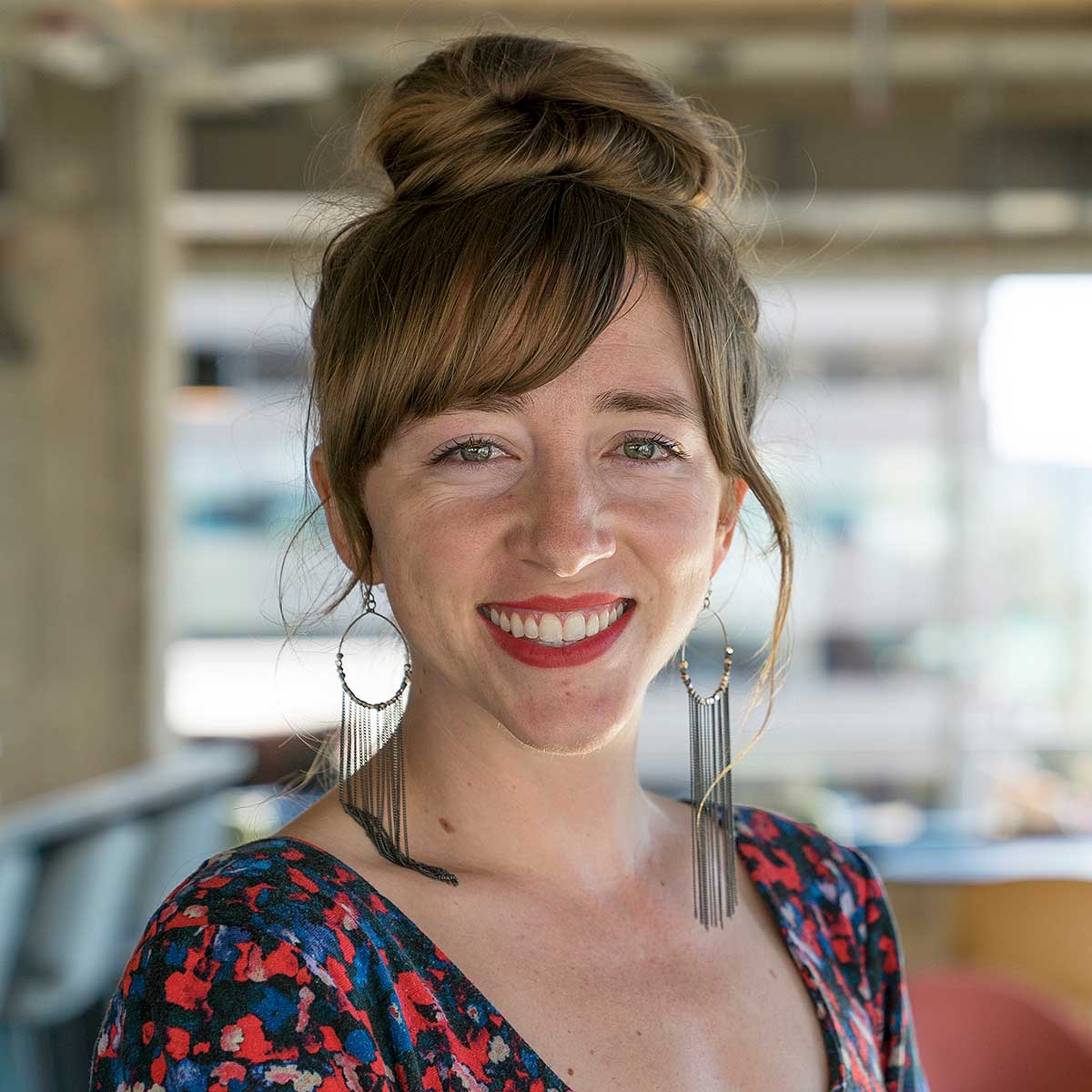

Jennifer Moore
Vibe mapping sounds like a new-age practice, but it’s actually a tool that designers are using to determine where the action happens in a space — and how to better facilitate the tasks at hand. In this episode of Good, Thoughtful Hosts, interior designers Sandi Rudy and Jennifer Moore describe how this human-centered design approach can create office spaces that transition in a way that’s most beneficial to its workers.
About Our Guests
Sandi Rudy is a native Kansan who moved to Austin after earning a degree in interior design from Kansas State University, with a focus on the behavioral impacts of the built environment. She specializes in designing for commercial and higher education settings, and is an expert in space planning. She joined Cushing Terrell in 2013, serves as the firm’s regional head of interior design, and holds LEED ID+C credentials.
Also from Austin, Jennifer Moore attended the Art Institute of Austin (interior design) and joined Cushing Terrell in 2014. Though she’s amassed broad experience, she has developed a specialty in commercial office interior design. Jennifer is inspired and driven by the opportunity to design space and shape experience.
Link: Episode Transcript


The interaction between an office environment and the outside world isn’t always obvious (or may not exist at all, if there’s no easy access to a window). And while a potted plant on your desk may strike some inspiration, there’s a much bigger opportunity to employ ecological design thinking in the spaces in which we work.
In this episode of Good, Thoughtful Hosts, we talk with landscape architect Dayton Rush to learn more about the connection between our natural and built environments. Designing office spaces to better use sunlight, views of the outside world, and other natural elements can help teams work to their fullest potential, while also nurturing our individual wellbeing.
About Our Guest
Based in Billings, MT, Dayton Rush is a landscape architect who lives for plants. He has extensive experience with — and loves — roof gardens, greenhouses, living walls, and interior plants. Dayton is also deeply knowledgeable about plant preservation and disease prevention, green infrastructure, and site design. And to round out his plant addiction, he also dabbles with floral arrangement.
Link: Episode Transcript


Probably haven’t thought much about what makes your AC or your refrigerator work, have you? Well, if those systems spring a leak — it’s very bad news. On this episode of Good, Thoughtful Hosts, we explore what exactly a refrigerant is, how it can be harmful to the environment if it escapes into the atmosphere, and what some eco-friendly options may be.
About Our Guest
Nick is a mechanical engineer who specifies in refrigeration engineering and serves as co-director of Cushing Terrell’s Refrigeration service sector. He’s a graduate of Montana State University and a lifelong resident of Missoula, MT. His expertise spans virtually all market types but is especially applicable in retail settings.
Link: Episode Transcript
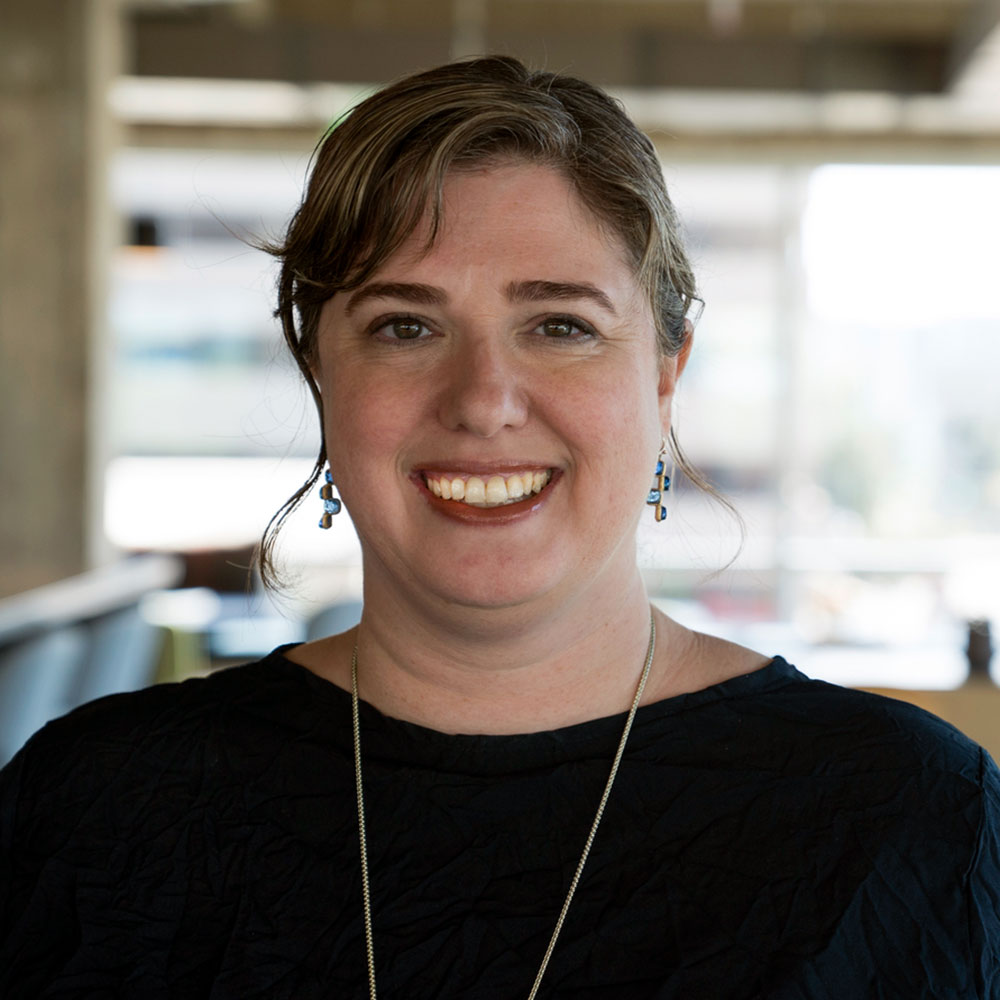

In our debut episode, we discuss the concept of reimagining existing and sometimes historic structures, a practice known as adaptive reuse. Ava Alltmont, an architect and project manager who leads Cushing Terrell’s historic preservation team in New Orleans, helps us better understand what adaptive reuse means, who benefits, and how it all works.
About Our Guest
Based in New Orleans, Ava’s background is in mixed-use developments, multi-family, hospitality, retail, and education projects, with extensive experience in historic renovations, adaptive reuse, and historic tax credit projects. She serves on the Louisiana state selection committee for the National Register of Historic Places and is a fierce advocate of advancing women in the AEC industry.
Link: Episode Transcript
